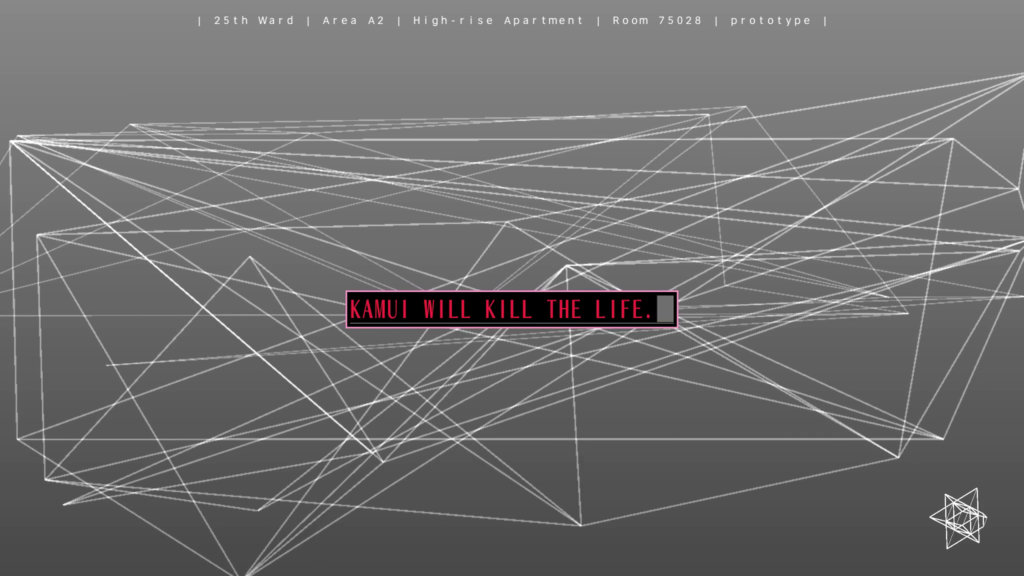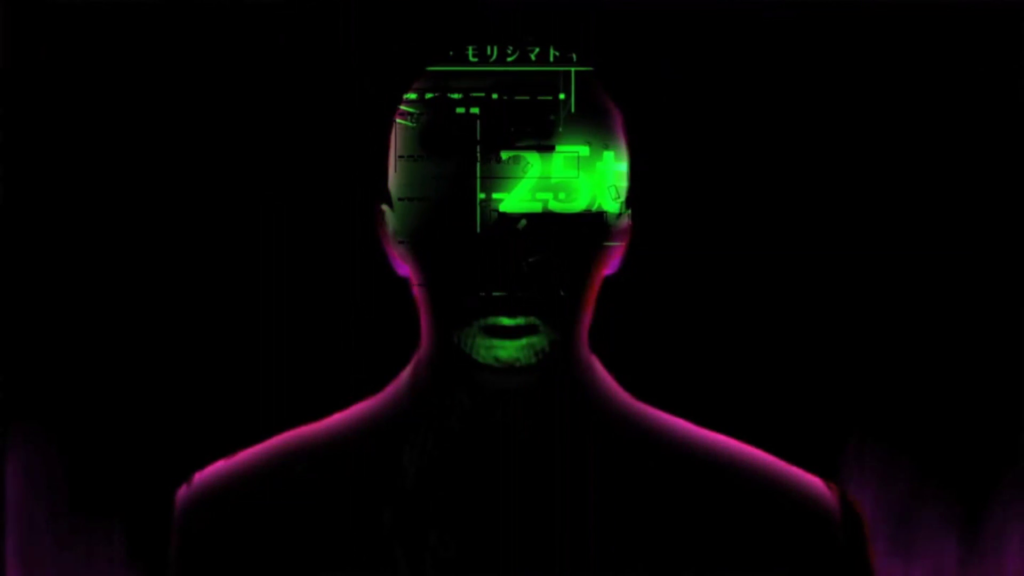The 25th Ward: The Silver Case – Kamui can fuck off

The same year as killer7, the original mobile version of The 25th Ward: The Silver Case came out in Japan. The 2018 HD remake, which adds multiple episodes and various other changes, is the version now available in English and that is discussed here. killer7 occurs in a different timeline than the earlier titles, but The 25th Ward is a direct, if still unconventional, sequel. Continuing the nihilism of killer7, the assassinations of Nezu and Uminosuke, executions of the TRUMP organization, and removal of Sundance Shot have failed to liberate people from the “cycle of crime, dehumanization and death”: “The past is not dead.” ELBOW has disbanded, but its former members won and now mass-produce silver eyes for themselves. The 25th Ward is an autonomous city in Kanto continuing the utopian experiment of the older 24 Wards after the initial economic boom dies. It is also a Maspro-style experiment in even more total control, though the “truth” maintains it practices decentralized governance.

Expanding from the two “chapters” of The Silver Case, The 25th Ward is divided into three separate storylines, each with its own writer, cast of characters, distinct illustrator, and mostly unique set of music: Correctness (Suda Goichi), Matchmaker (Yuki Masahiro), and Placebo (Ooka Masahi). The storyline is often concerned not with Kamui and Ayame so much as their legacy and the way it insidiously corrupts characters. The name “Kamui” first appears in “prototype,” the prologue, when Sakura, reflecting that “criminal power” cannot be controlled, says, “KAMUI WILL KILL THE LIFE.” The ideas of “killing the life” or “saving the life” recur throughout the script. “Killing the life” becomes the objective of the Kamui-aligned Kurumizawa Kosuke. The “life” in question is that of the 25th Ward, in whose stifling control and atomization, as Meru observes, no humans are allowed to really be alive.

There are still Kamui/Ayame characters. One of the main characters of the Correctness storyline, Uehara, is an HC Unit cop identical to Akira. Sakura indicates Uehara is not the same person as her former partner: “You remind me of him…” However, for the purposes of this analysis, there is no reason to treat Uehara and the fifth Kamui as separate characters. Assuming Uehara can move to new “stock bodies” as in Flower, Sun, and Rain, he might just be Akira in a minutely different reincarnation.
Unlike in The Silver Case, Uehara is hardly rebelling against the control of the state that wronged him. He does not need to learn the truth about his past but begins aware of his status as a Shelter Kid and is referred to, by name, as Uehara Kamui before the end of “new world order,” the second scenario in Correctness. As introduced in “prototype,” Uehara is a person of unusual criminal power working for the FSO-aligned former policeman Kosaka Michiru (the man Kusabi told to nuke his emotions in “Parade”) to infiltrate the 25th Ward. Though ostensibly pursuing a legitimate investigation, Kosaka’s real motivation is to “KILL THE LIFE” out of misplaced factional loyalty to the FSO. Uehara’s motives, then, are suspect in a way Akira’s are not. Instead of rejecting the syndicates, Uehara works for the FSO like Format Kamui.